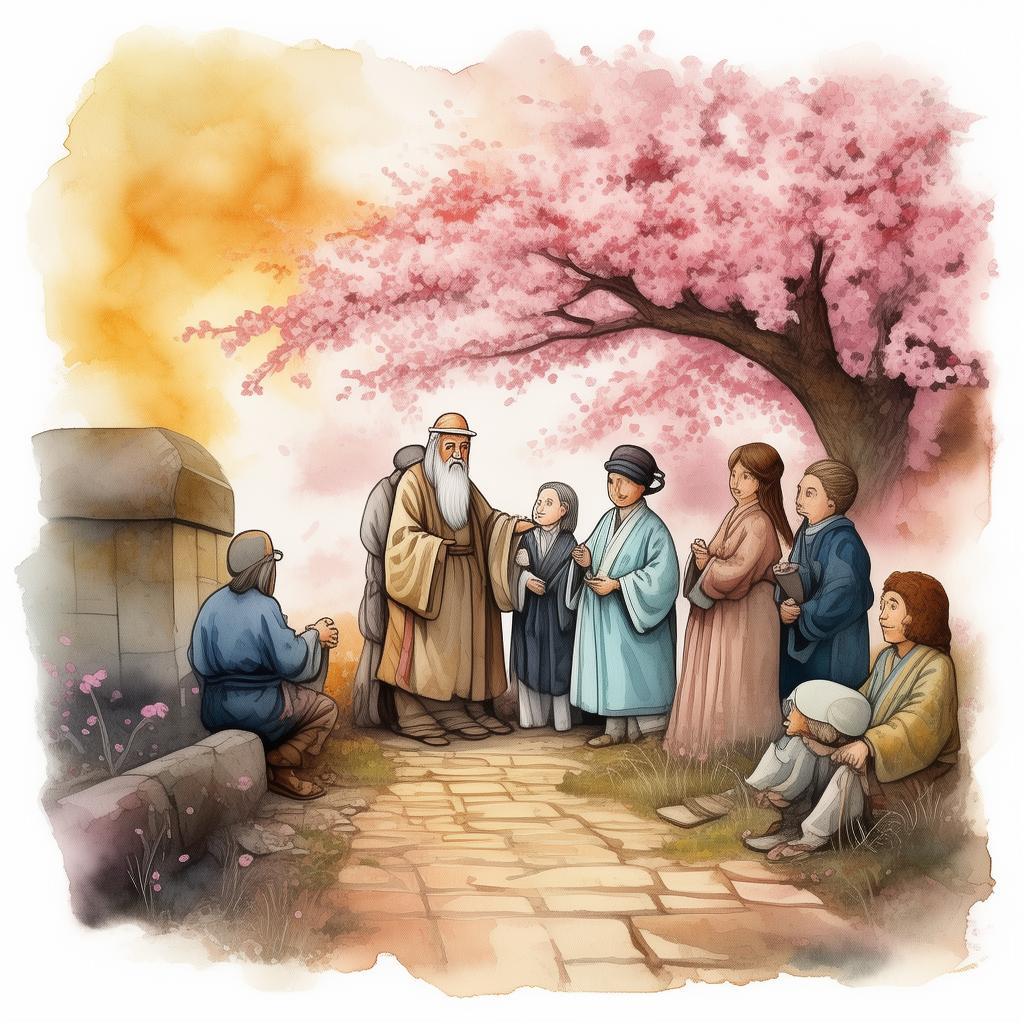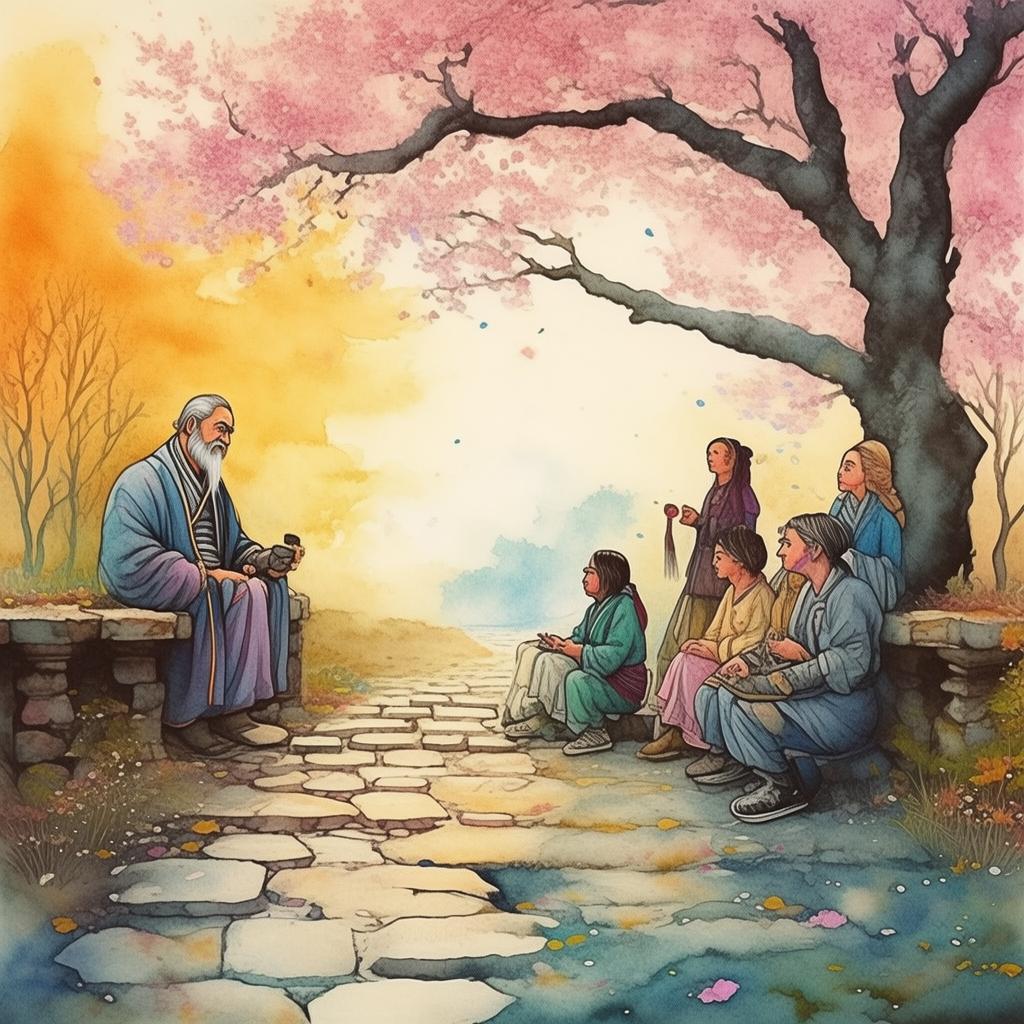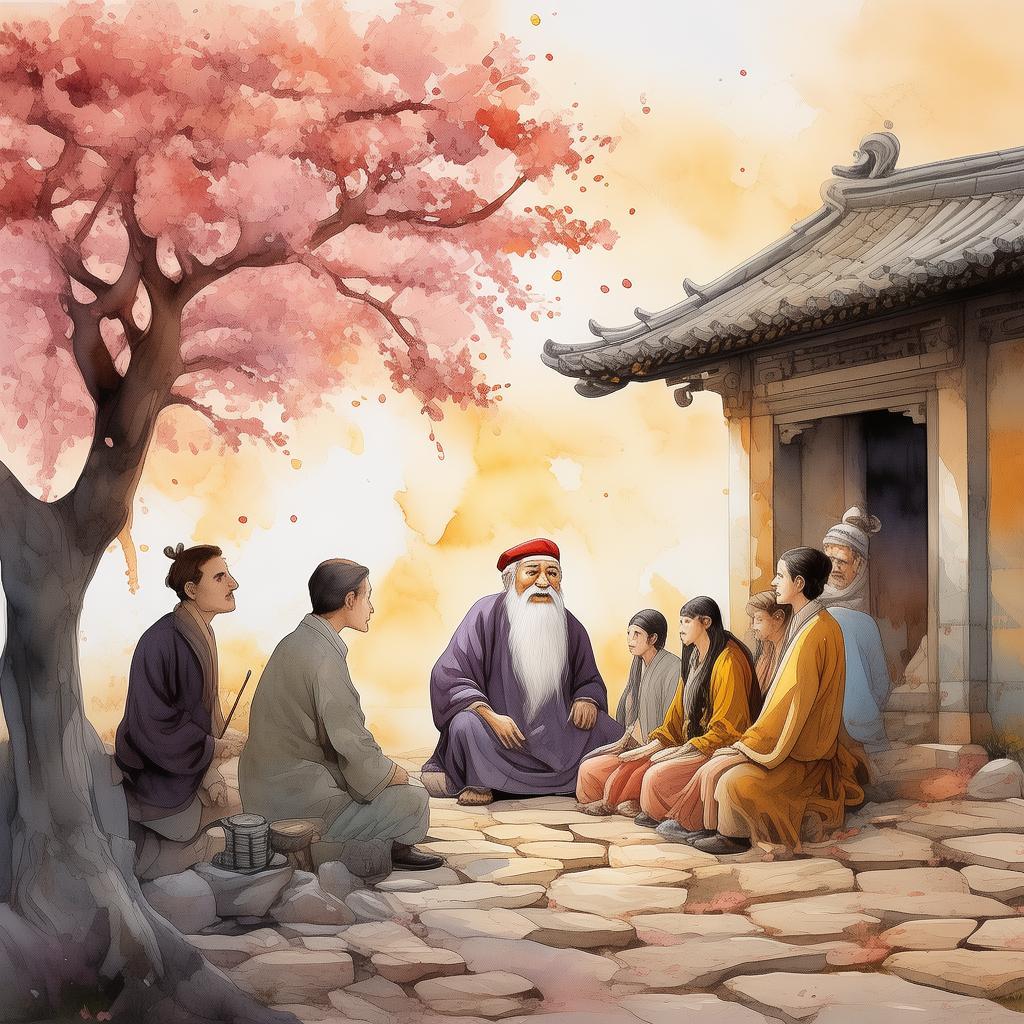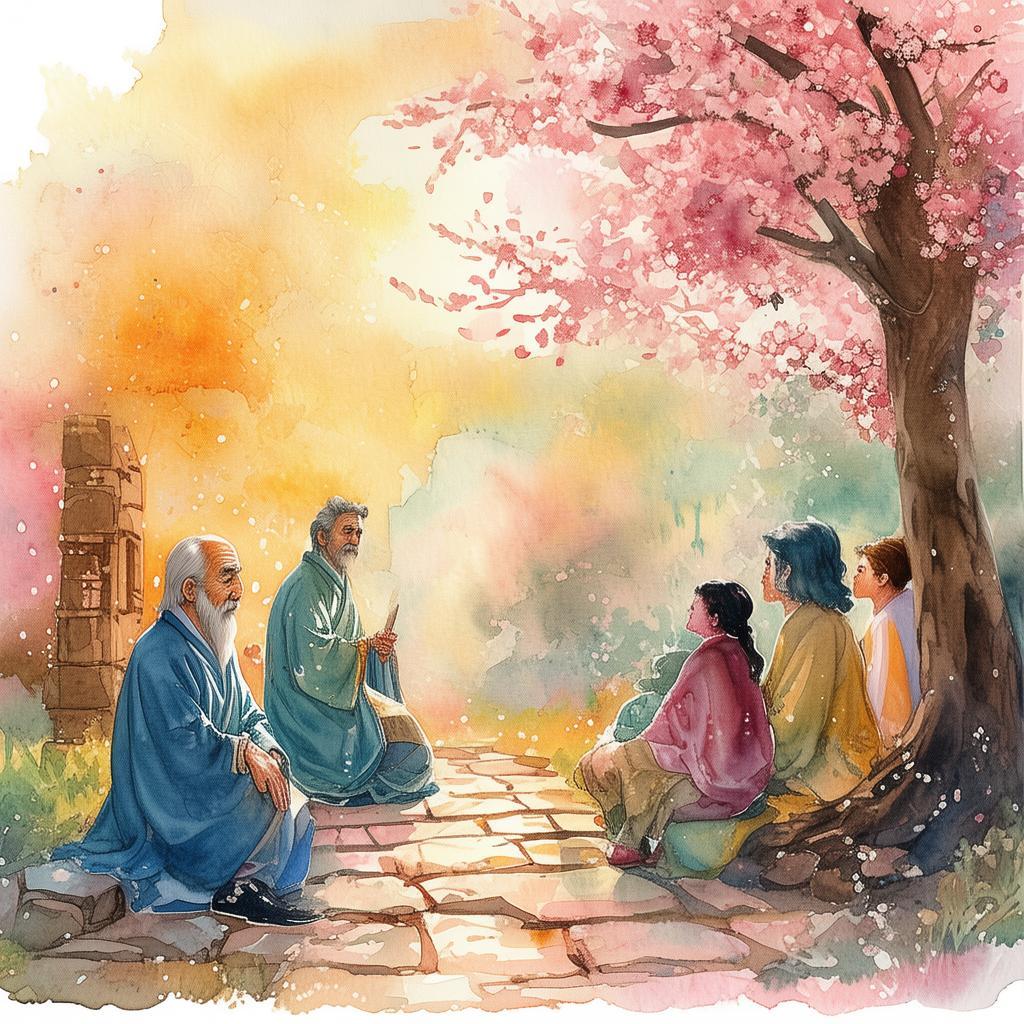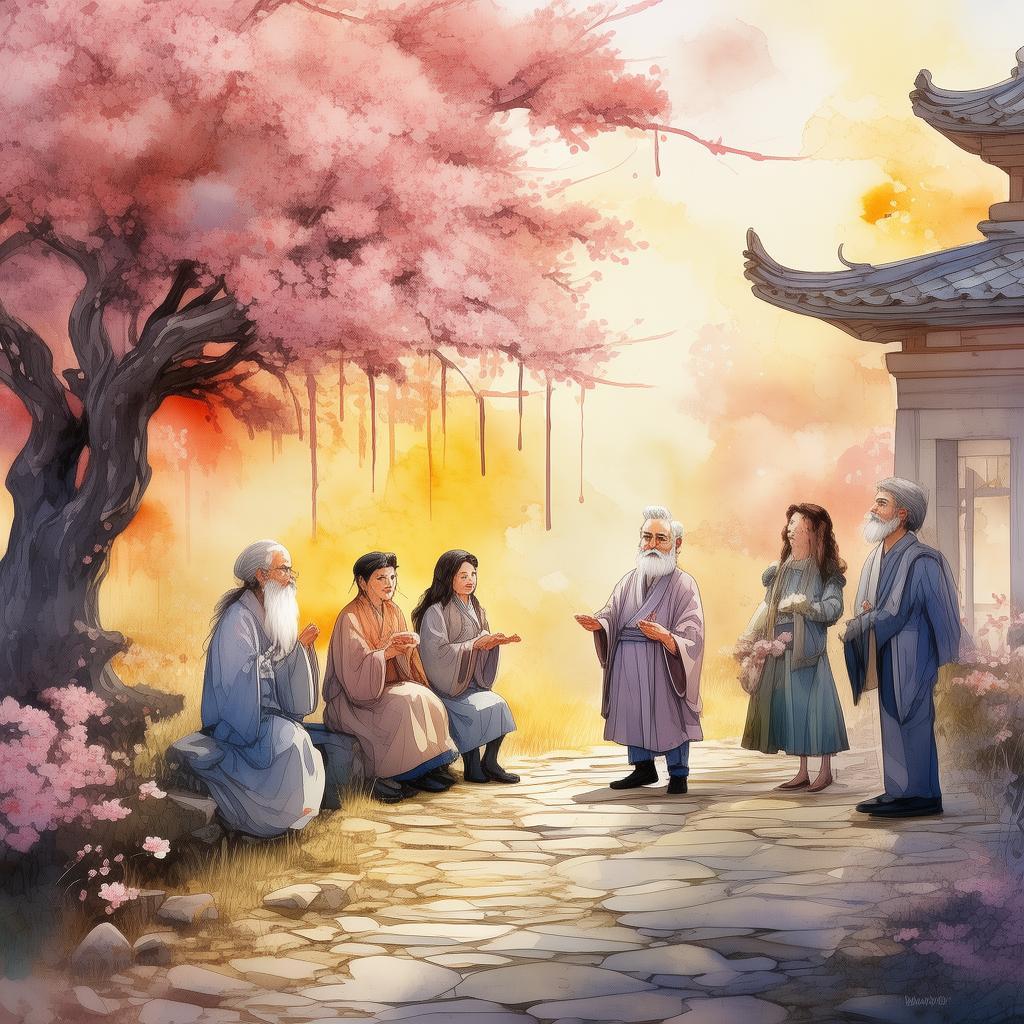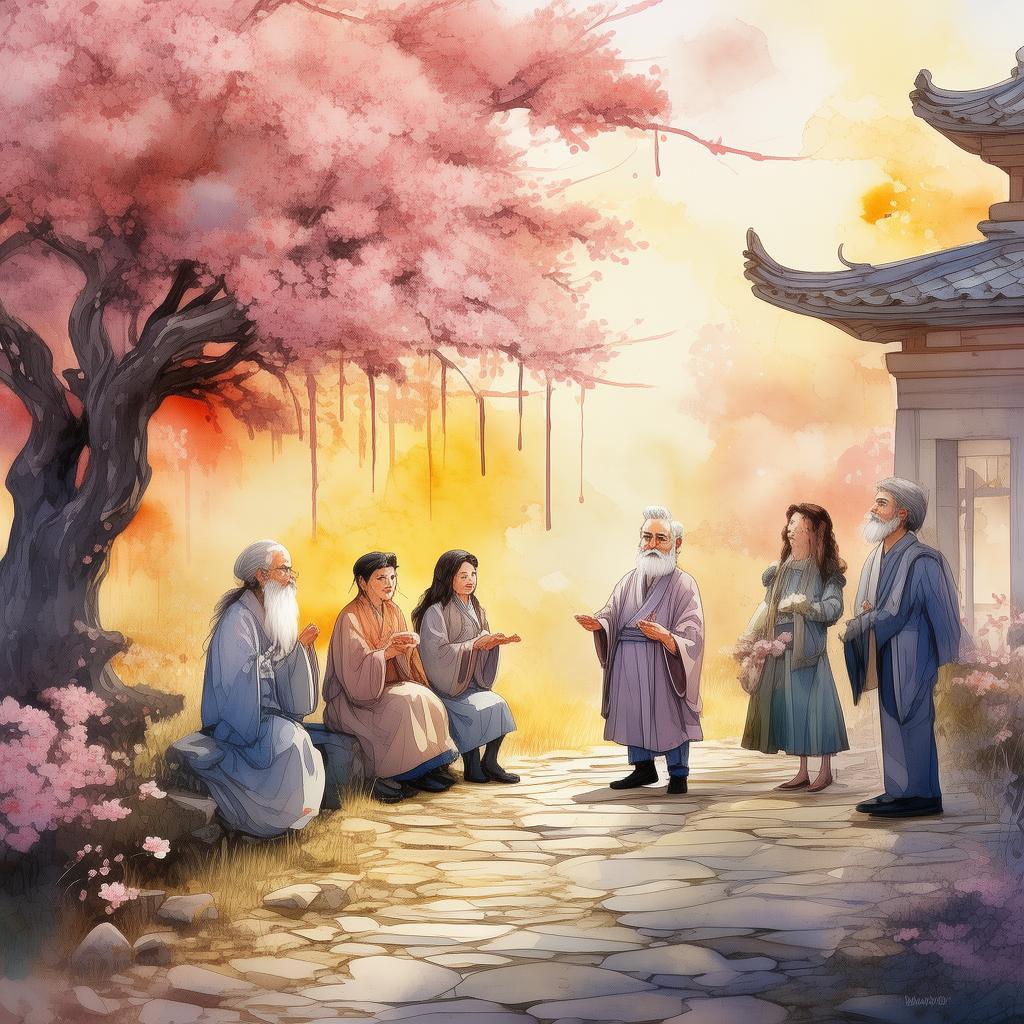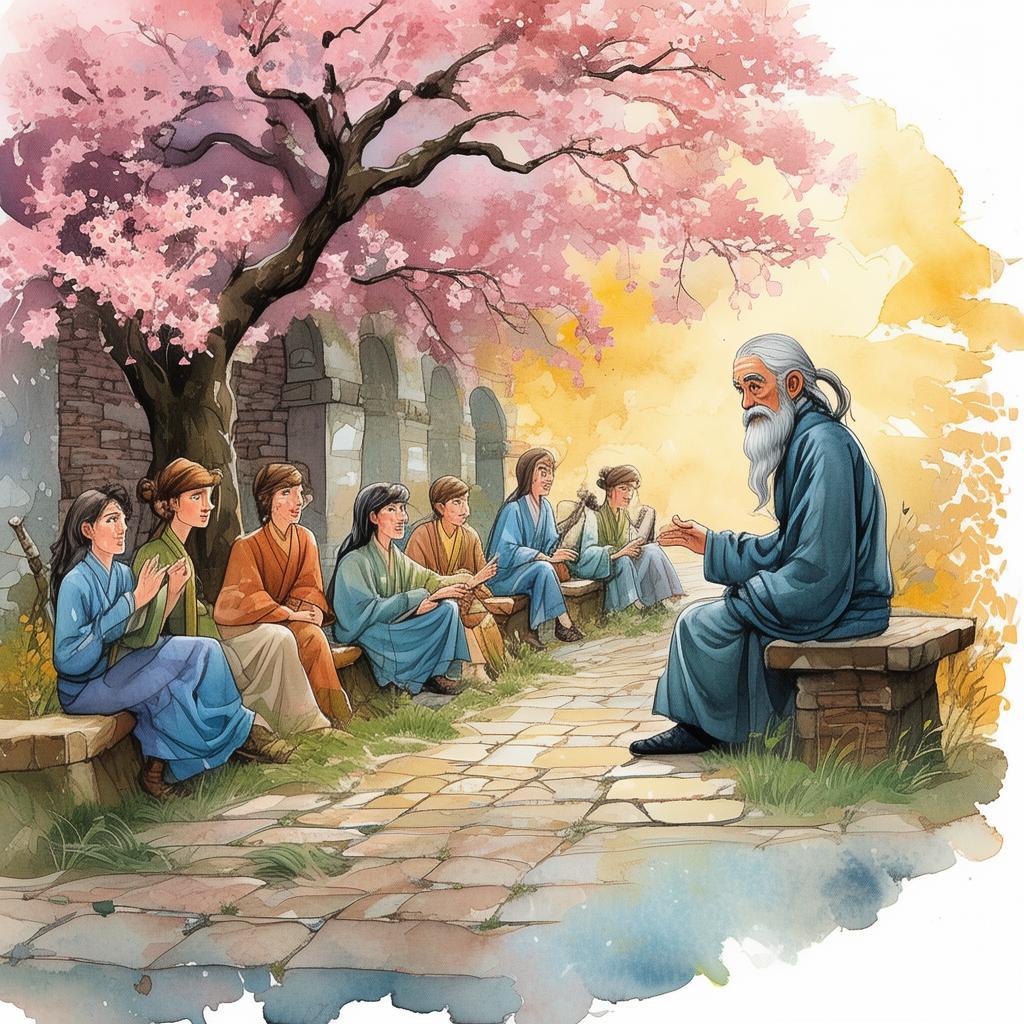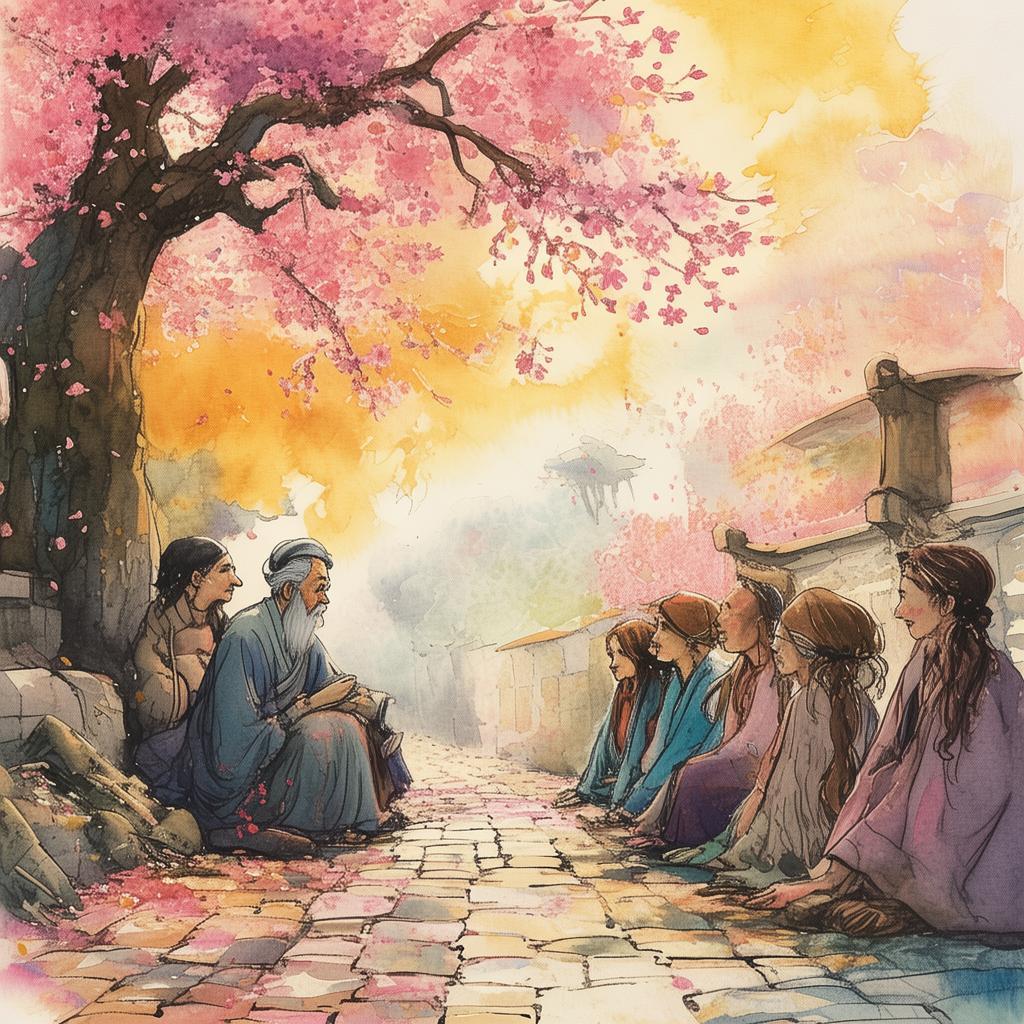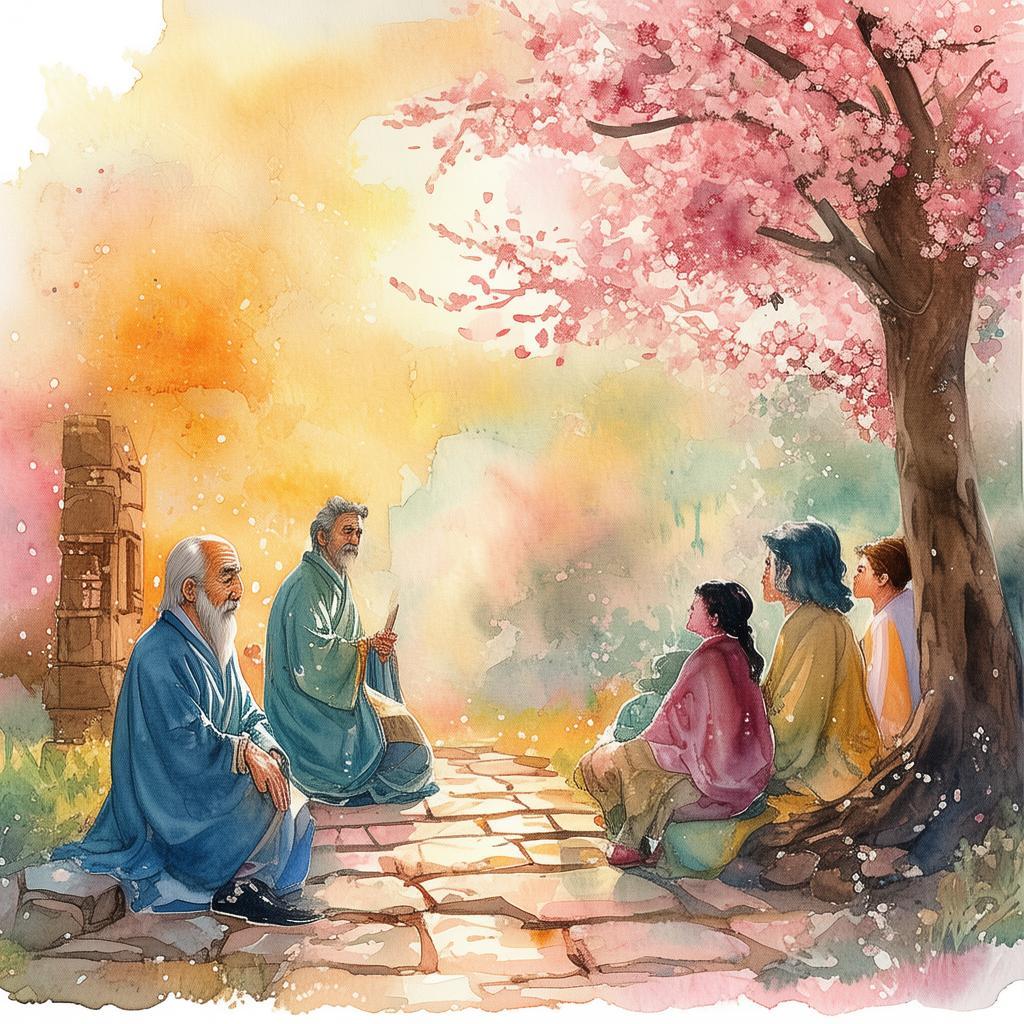The Enigma of the Nightingale's Lament
In the heart of the ancient Hamlet, a town steeped in the legacy of William Shakespeare, a peculiar enigma unfolded. The nightingale's song, once a symbol of love and longing, now carried a haunting melody that seemed to echo the very essence of tragedy. The townsfolk spoke in hushed tones, their eyes reflecting a mix of fear and fascination as the enigma grew.
The story began with young Eliza, a lass whose life was intertwined with the famous play "Hamlet." Eliza was an avid reader, and she had a deep connection to the characters and themes of the play. She was particularly drawn to the character of Ophelia, whose tragic fate resonated with Eliza's own sense of loss and longing.
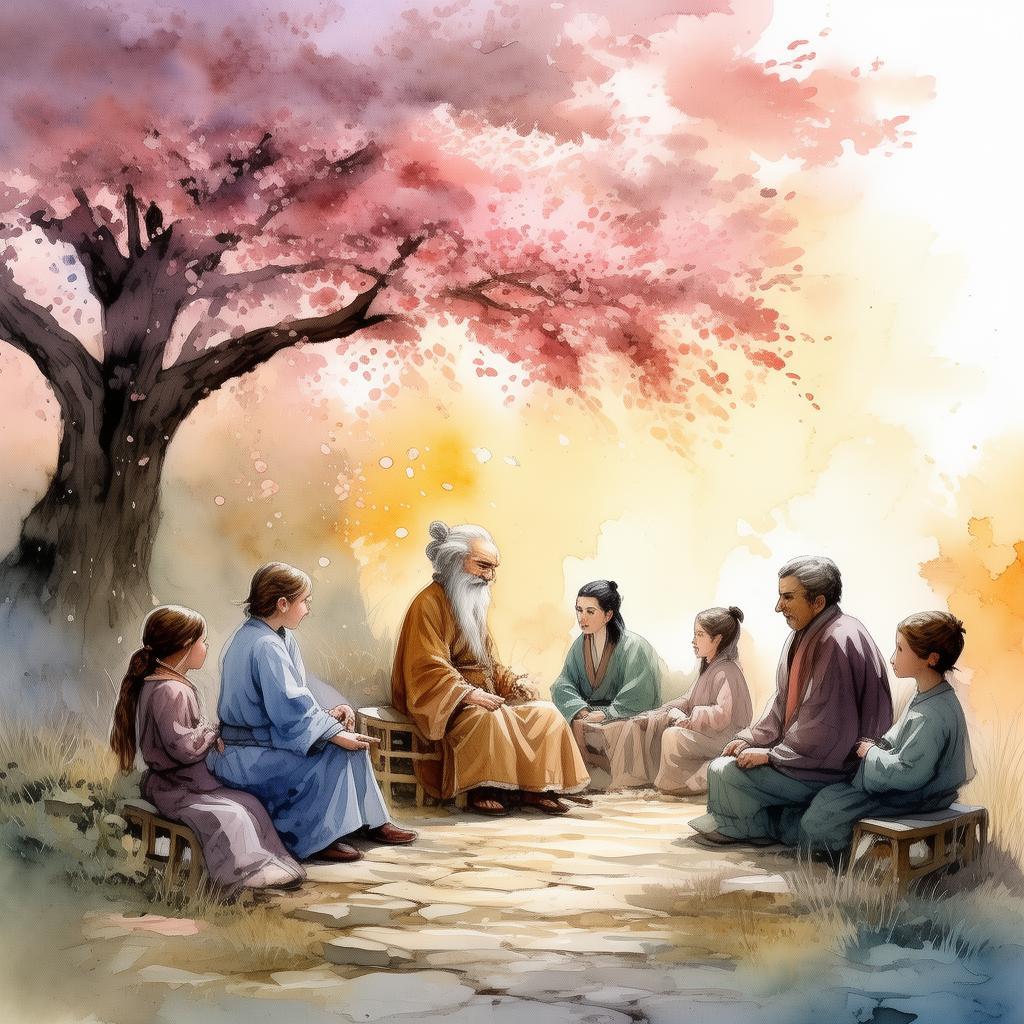
One night, as the moon hung low and the stars waned, a nightingale's song filled the air. It was a song of such beauty and sorrow that it seemed to pierce through the very fabric of time. Eliza, who had always been a dreamer, found herself drawn to the song's haunting melody. She followed it to the old, abandoned theater where the play had been first performed.
Inside the theater, Eliza found an ancient book that contained the lyrics to the nightingale's song. The lyrics were written in a language she had never seen before, and they spoke of a love lost, a betrayal, and a tragedy that echoed the events of "Hamlet." Intrigued, she began to study the book, unaware that she was about to unravel a centuries-old mystery.
As Eliza delved deeper into the lyrics, she discovered that the nightingale's song was a clue to a hidden truth about the play's creation. According to the book, Shakespeare had been deeply in love with a woman named Mary, who was the inspiration for Ophelia. However, Mary had been betrayed by a man named Polonius, the same man who would become Hamlet's nemesis.
The lyrics spoke of a love that had been forbidden, a love that had driven Shakespeare to write the play. But the love had also driven him to madness, and it was this madness that had led to the creation of "Hamlet." Eliza realized that the nightingale's song was not just a melody; it was a lyrical testament to Shakespeare's own heartache and the tragedy that had fueled his greatest work.
As Eliza's investigation continued, she began to suspect that the nightingale's song was not just a relic of the past but a warning. The lyrics spoke of a future where the same cycle of love, betrayal, and tragedy would repeat itself unless someone acted to break the cycle. Eliza felt a profound sense of responsibility to uncover the truth and prevent the tragedy from unfolding once more.
With the help of her friends, who were equally fascinated by the enigma, Eliza pieced together a timeline of events that led to the creation of "Hamlet." They discovered that the play had been written in secret, with Shakespeare using the nightingale's song as a code to communicate his message to the world.
The climax of the story came when Eliza and her friends discovered that the nightingale's song was not just a warning but a call to action. They found an ancient, hidden manuscript that revealed the true story of Mary and Polonius. The manuscript spoke of a love that had been lost, a betrayal that had been prevented, and a tragedy that had been averted by the intervention of a mysterious figure known only as "The Nightingale."
Eliza realized that she was that figure, the one who had been destined to break the cycle of love, betrayal, and tragedy. With the knowledge she had gained, she set out to rewrite the story of "Hamlet," ensuring that the love between Mary and Shakespeare would be celebrated, not just mourned.
The ending of the story was bittersweet. Eliza had achieved her goal, but at a great personal cost. She had uncovered the truth about Shakespeare's love, but she had also uncovered the pain and loss that had driven him to write the play. As she looked out over the Hamlet's grounds, she saw the nightingale's song as a symbol of hope, a reminder that even in the face of tragedy, love could triumph.
The Enigma of the Nightingale's Lament was a tale that captivated the hearts and minds of all who heard it. It was a story that spoke of love, betrayal, and tragedy, but also of hope and redemption. And as the nightingale's song continued to echo through the Hamlet, it was a reminder that the past could be a guide to the future, and that the power of love could overcome even the darkest of times.
✨ Original Statement ✨
All articles published on this website (including but not limited to text, images, videos, and other content) are original or authorized for reposting and are protected by relevant laws. Without the explicit written permission of this website, no individual or organization may copy, modify, repost, or use the content for commercial purposes.
If you need to quote or cooperate, please contact this site for authorization. We reserve the right to pursue legal responsibility for any unauthorized use.
Hereby declared.
